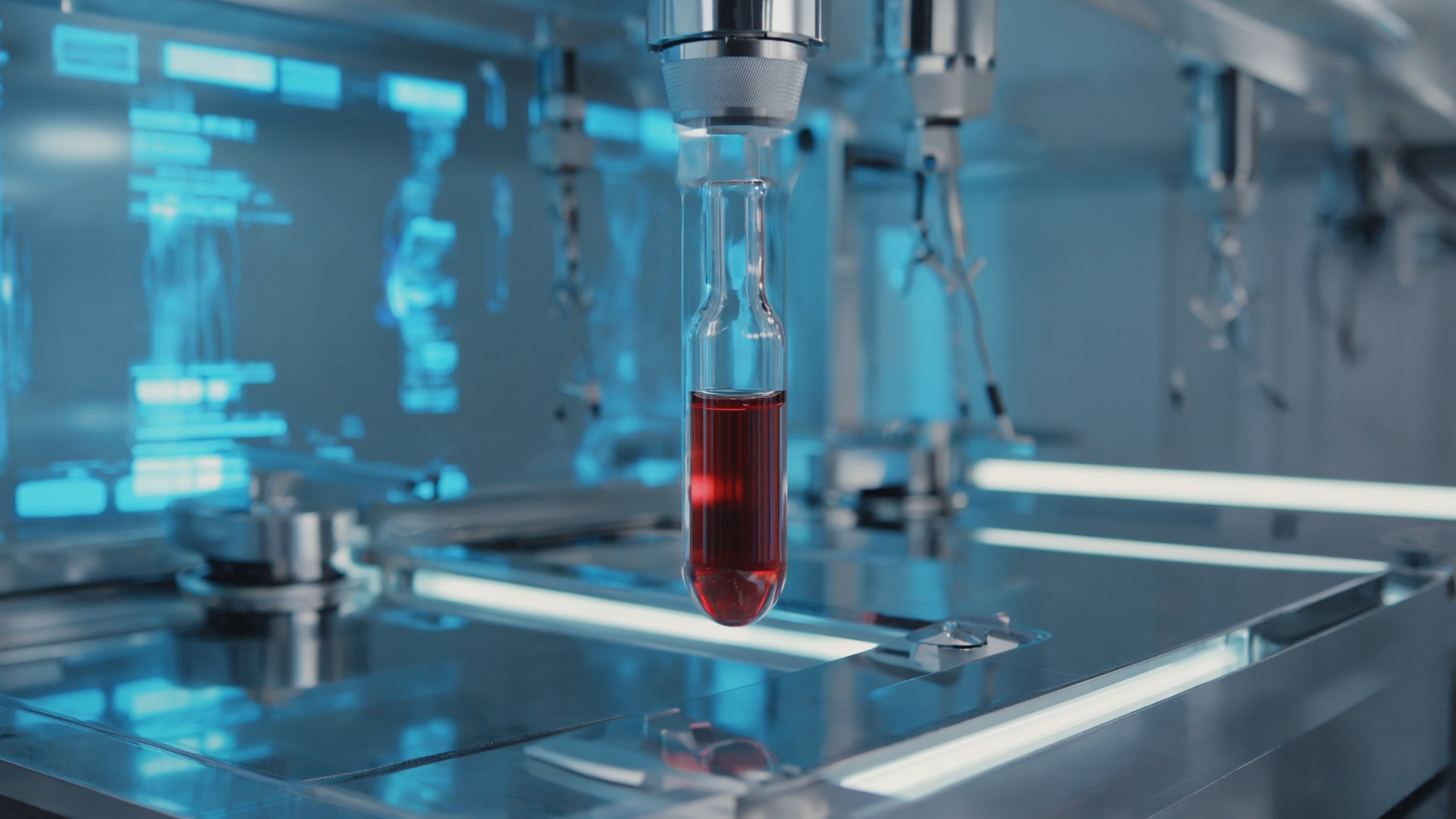Japan is considered the world’s oldest country, with over 36.25 million people over the age of 65 in 2024. This data shows several challenges from a health perspective, as a rapidly aging population leads to a consequent decrease in blood donors. This challenge is further aggravated by extreme events, such as earthquakes and the isolation of rural areas, which make the logistics of collecting and storing donated blood complex.
In response to this health emergency, Japan has found a way to create synthetic blood that can be used by anyone, anywhere, without constraints of compatibility or immediate availability, revolutionizing emergency medicine and hospital care.
Two innovative approaches
Behind this innovative project, there are two leading figures in Japanese research, with complementary approaches. Professor Hiromi Sakai of Nara Medical University and Professor Teruyuki Komatsu of Chuo University are working on synthetic blood made from hemoglobin extracted from expired donated blood, turning a potential waste into a vital resource.
In Sakai’s team, hemoglobin, the protein essential for transporting oxygen in red blood cells, is enclosed in a protective microsphere. The result is a sort of “artificial red blood cell” that is not only safe and sterile, free of viruses, but above all it is without blood type. This characteristic makes it universal, administrable to anyone without having to wait for compatibility tests.
Komatsu’s research team, on the other hand, has developed synthetic oxygen carriers by combining hemoglobin and albumin, a natural blood protein. This system not only facilitates oxygen transport, but is also capable of stabilizing blood pressure, providing crucial support in serious conditions such as hemorrhages or strokes. In this specific case, the case is colored purple due to the particular processing of hemoglobin.
From experimentation to patients
The first experiments on these technologies date back to 2022, when encapsulated “hemoglobin vesicles” were successfully tested, confirming their ability to transport oxygen in a similar way to natural red blood cells. The decisive phase has been in place since early 2025: researchers will begin administering doses of between 100 and 400 milliliters of artificial blood to healthy volunteers. This experimental phase is crucial to evaluate the safety of the blood created and verify any side effects. If all goes according to plan, the trials will be progressively expanded, with the ambitious goal of reaching real clinical use by 2030.
The prospect of this technology is also surprising in terms of logistics, in fact, artificial blood can be stored for up to two years at room temperature, leading to enormous advantages compared to fresh blood which lasts about a month and requires a complex cold chain. This feature makes it ideal not only for hospitals, but also for war or environmental crisis contexts, where the conservation and transportation of blood represent enormous challenges.
Learning from the past: the lesson of hemopure
Not everything has always been rosy in the history of blood substitutes, in fact, the case of Hemopure, developed by Biopure Corporation, is emblematic. This bovine hemoglobin-based substitute seemed promising until 2008, when a study published in the Journal of the American Medical Association revealed that patients treated with similar products were 30% more likely to die. The problem was the free hemoglobin, which caused serious cardiovascular problems. Biopure went bankrupt in 2009, but Zaf Zafirelis, the company’s former CEO, still claims that the product was unfairly priced.
Today the situation is profoundly different. The new blood substitutes have learned from the scientific mistakes of the past and use innovative technologies that were unthinkable at the time. Nanoparticles, the controlled encapsulation of hemoglobin and the production of stem cells represent a huge qualitative leap, offering concrete and certain hopes for the future of transfusions.
The Global Race for Synthetic Blood
Japan is not the only front in this vital research.
In the United States, another promising blood substitute has been developed at the University of Maryland by Allan Doctor‘s team: ErythroMer. This comes as a red powder that can be stored for years at room temperature and reconstituted with simple saline solution when needed. ErythroMer can be administered to anyone, regardless of blood type, and maintains its properties for months without refrigeration, solving the problem of free hemoglobin that caused toxicity.
Europe is also not far behind in this technological race.
The SynEry project involves the IRCCS (Casa Sollievo della Sofferenza) together with universities in Belgium, Spain and France, in the creation of advanced lipid vesicles that replicate the characteristics of red blood cells. Fabrizio Gelain, head of the Nanomedicine Unit, explains that the goal is to create synthetic cells. The project, included in the European Union’s Innovation Radar, represents one of the most innovative research projects on the continent.






